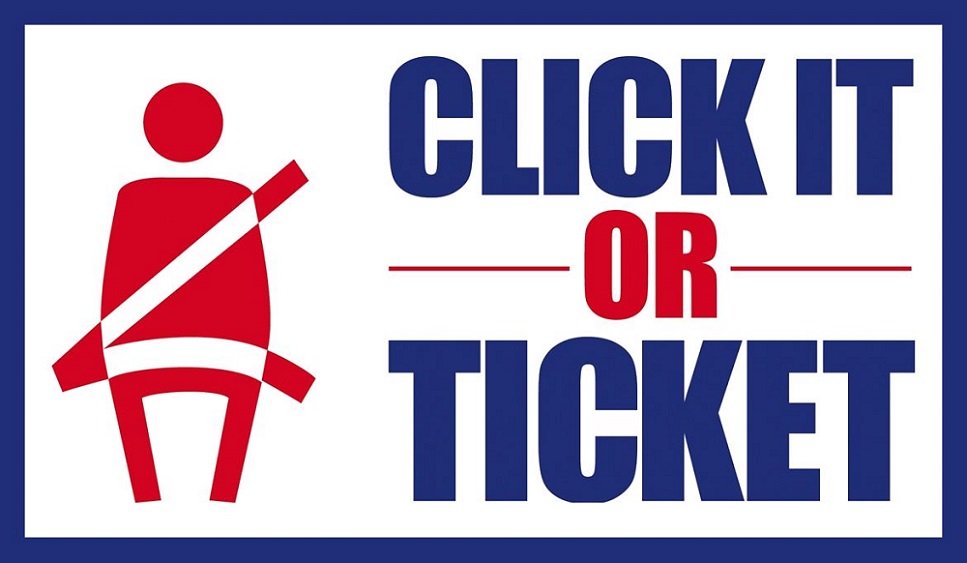A preliminary count from state officials shows that number of fatalities on Nevada roads have been on a decline since the start of 2023, compared to last year. This past January, there were 25 traffic related fatalities, which is down from the 28 in 2022. Of those fatalities, 18 were in Clark County, who saw 25 fatalities last year during this time [1]
16 of the deaths reported this year were due to an unrestrained passenger, an increase from last year’s six. Additionally, there were ten pedestrian deaths (also an increase from last year’s seven), two motorcycle deaths, and one biker death.
Importance of Proper Restraints When Driving
In addition to impairment and speeding, unrestrained drivers continue to be a factor in many of the fatal truck accidents in Nevada. Data from 2019 shows that only 94.2 percent of Nevadans wear their seatbelt while on the road. While this is above the national average of 91 percent, it still means that about 200,000 Nevadans are not buckling up while on the road. In addition, of the 172 fatalities on the road in 2019, 46 percent were unrestrained, with 62 percent of the nighttime fatalities involving an unrestrained passenger. [2]
While wearing a seatbelt seems trivial and is often hammered into our conscious, it is one of the most important steps a driver or passenger can take to keep themselves safe while in a car. In 2020, seat belts saved an estimated 15,000 lives on roads in the United States. The National Highway Traffic Safety Association found that buckling up in the front of a passenger car reduces risk of fatal injury by 45 percent and moderate to critical injury by 50 percent. Additionally, buckling up in a truck can reduce risk of fatal injury by 60 percent and moderate to critical injury by 65 percent [3].
Also, seatbelts work with other safety mechanisms in your car, such as airbags to optimize your safety. In fact, airbags alone cannot protect you from injury, and being unrestrained can increase the impact of the airbag causing serious harm. Additionally, wearing a seatbelt improperly can increase the risk of injury if you are involved in a crash.
Five Things to Keep in Mind About Buckling Up
- Wearing a Seatbelt is The Most Effective Step in Protecting yourself in a crash: You cannot control the actions of those around you on the road, and while you can be at risk of being struck by an aggressive, impaired, or distracted driver, wearing a seatbelt is a step that you can control. Seatbelts will protect you from hitting the windshield and prevent you from being completely ejected from a vehicle, which is often fatal.
- Airbags Do not Replace Your Seatbelt: It is a common misconception that airbags are as effective as seatbelts, however this safety feature is meant to work in conjunction with a seatbelt. As mentioned previously, not wearing a seatbelt can cause serious injury if an airbag is deployed.
- Wear Your Seatbelt Properly: Wearing your seatbelt is the first step, however for it to be effective, it must be worn properly. The lap belt and shoulder belt should be across your pelvis and rib cage. The shoulder strap should be kept away from the neck, and the lap belt should not be over your stomach. Lastly, never put the shoulder belt behind the back or under the arm. Properly positioning these belts helps the body withstand the forces of the crash, and also prevents the belt from further injuring you in the event of a crash .
- Check the Fit of the Belt Before Buying a New Car: The fit of the seatbelts in a car are as important as any other feature a car may come with. If you feel as though a seatbelt is not right when test driving the vehicle, you can ask a dealer for adjustors or contact the maker of the car to see if they provide extenders.
- Wearing Seatbelt When Pregnant: It is still important to wear a seatbelt if you are pregnant, and it should still be worn with the guidelines mentioned above. The belt should be placed on the lap and never on top of the belly. Getting a belt extender might make the belt more comfortable as well, but never drive without a seatbelt as this puts yourself and your unborn baby at risk.
[2] https://ots.nv.gov/uploadedFiles/otsnvgov/content/Programs/PrimarySeatbelt.pdf


